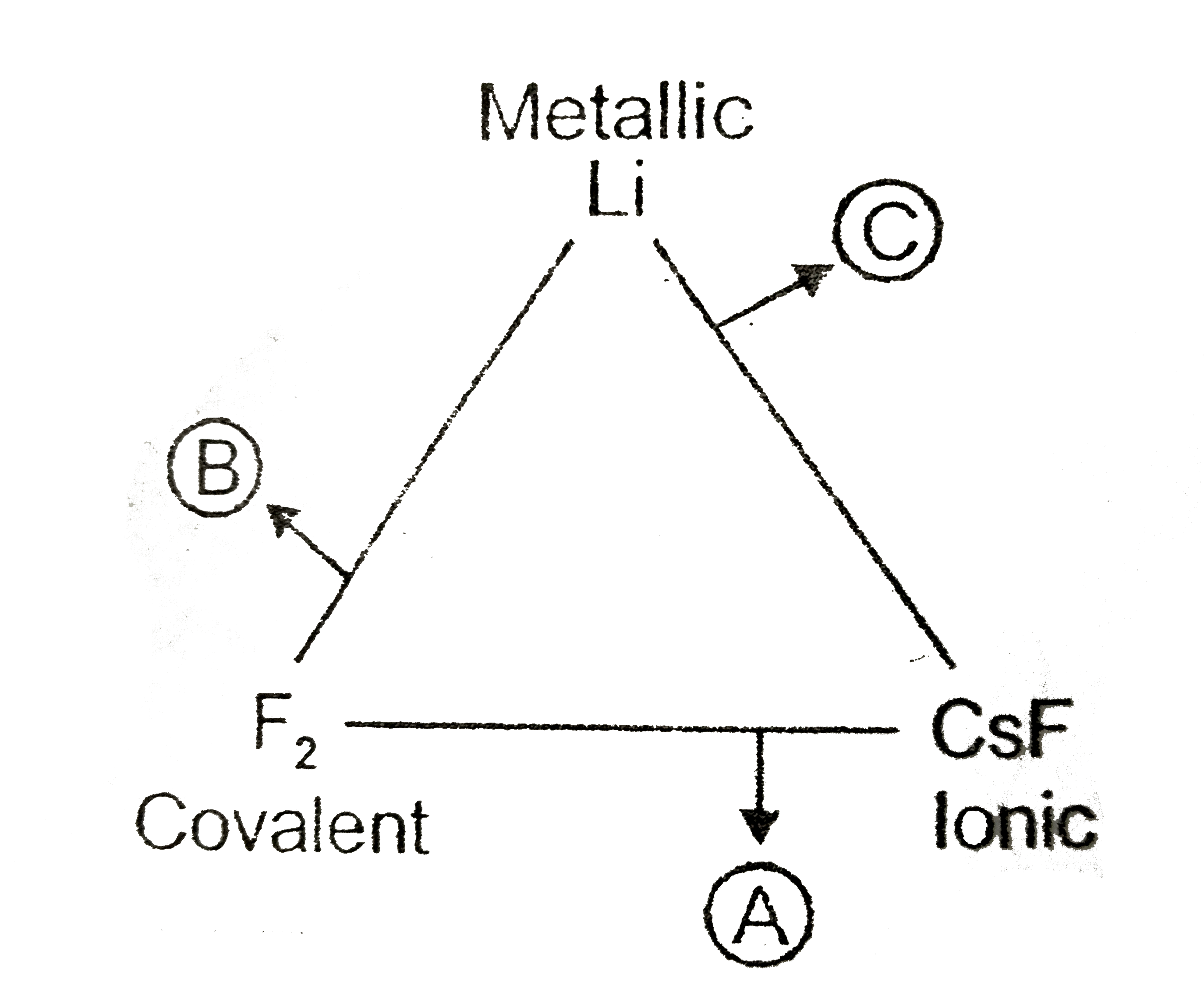When does a covalent bond acquire partial ionic character?
To determine when a covalent bond acquires partial ionic character, we can follow these steps:
1. Define Covalent and Ionic Bonds:
- A covalent bond is formed when two atoms share electrons. This typically occurs between nonmetals.
- An ionic bond is formed when one atom donates an electron to another, resulting in the formation of charged ions (cations and anions).
2. Understand Electronegativity:
- Electronegativity is a measure of an atom's ability to attract and hold onto electrons. Different elements have different electronegativities.
3. Identify the Role of Electronegativity Difference:
- The key factor that leads to a covalent bond acquiring partial ionic character is the difference in electronegativity between the two atoms involved in the bond.
- When the difference in electronegativity is significant, the shared electrons are pulled closer to the more electronegative atom, resulting in a shift of electron density.
4. Example of HCl:
- Consider the molecule HCl (hydrochloric acid):
- The electronegativity of hydrogen (H) is approximately 2.1.
- The electronegativity of chlorine (Cl) is approximately 3.0.
- The difference in electronegativity is 0.9, which is significant enough to cause a shift in electron density.
5. Formation of Partial Charges:
- Due to the difference in electronegativity:
- Chlorine, being more electronegative, develops a partial negative charge (δ-).
- Hydrogen, being less electronegative, develops a partial positive charge (δ+).
- This results in a dipole moment in the molecule, indicating a separation of charge.
6. Conclusion:
- Therefore, a covalent bond acquires partial ionic character when there is a significant difference in electronegativity between the two atoms involved in the bond. The greater the difference, the more pronounced the ionic character.
- A covalent bond is formed when two atoms share electrons. This typically occurs between nonmetals.
- An ionic bond is formed when one atom donates an electron to another, resulting in the formation of charged ions (cations and anions).
- Electronegativity is a measure of an atom's ability to attract and hold onto electrons. Different elements have different electronegativities.
- The key factor that leads to a covalent bond acquiring partial ionic character is the difference in electronegativity between the two atoms involved in the bond.
- When the difference in electronegativity is significant, the shared electrons are pulled closer to the more electronegative atom, resulting in a shift of electron density.
- Consider the molecule HCl (hydrochloric acid):
- The electronegativity of hydrogen (H) is approximately 2.1.
- The electronegativity of chlorine (Cl) is approximately 3.0.
- The difference in electronegativity is 0.9, which is significant enough to cause a shift in electron density.
- Due to the difference in electronegativity:
- Chlorine, being more electronegative, develops a partial negative charge (δ-).
- Hydrogen, being less electronegative, develops a partial positive charge (δ+).
- This results in a dipole moment in the molecule, indicating a separation of charge.
- Therefore, a covalent bond acquires partial ionic character when there is a significant difference in electronegativity between the two atoms involved in the bond. The greater the difference, the more pronounced the ionic character.
Topper's Solved these Questions
- CHEMICAL BONDING AND MOLECULAR STRUCTUREBOOK - ICSECHAPTER - CHEMICAL BONDING AND MOLECULAR STRUCTUREEXERCISE - SHORT ANSWER TYPE QUESTIONS
76 Videos
- CHEMICAL BONDING AND MOLECULAR STRUCTUREBOOK - ICSECHAPTER - CHEMICAL BONDING AND MOLECULAR STRUCTUREEXERCISE - ESSAY (LONG ANSWER ) TYPE QUESTIONS
45 Videos
- CHEMICAL BONDING AND MOLECULAR STRUCTUREBOOK - ICSECHAPTER - CHEMICAL BONDING AND MOLECULAR STRUCTUREEXERCISE - REVIEW EXERCISES
163 Videos
- CHEMICAL THERMODYNAMICS BOOK - ICSECHAPTER - CHEMICAL THERMODYNAMICS EXERCISE - NCERT TEXT-BOOK. EXERCISES
22 Videos
Similar Questions
Knowledge Check
In covalent bond
Atransference of electrons takes placeBsharing of electrons takes placeCelectrons are shared by only one atomDnone of the above.
Define a covalent bond.
View SolutionWhen does an ionic bond develop a partial covalent character?
View SolutionStatement -1 The C - O bond length of aliphatic alcohols is less than phenols
Statement - 2 in phenols C - O bond acquires π bond character.
View SolutionThe correct order of decreasing ionic character is
View SolutionGiven below is a triangle illustrate the transition between ionic , metallic and covalent bonding

Where A, B and C respectively are compound which have more ionic , covalent and metallic character respectively . which combination go well for A , B and C ?
View SolutionBond energy of covalent O−H bond in water is
View SolutionIntroduction of covalent bonding
View Solution
